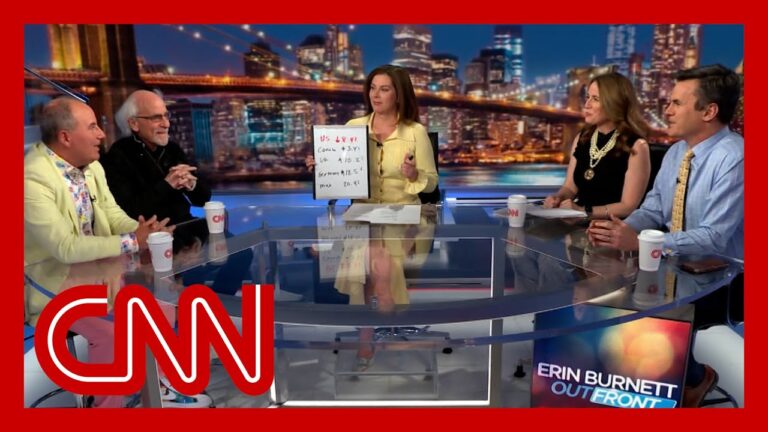Video at the bottom!
The prediction from economist Torsten Slok suggests a 90% chance of a recession, highlighting the troubling impact of Trump’s trade war on the U.S. economy. He foresees empty shelves in stores and Covid-like shortages as the trade disputes escalate, which the administration has downplayed while focusing on other issues. Major retailers like Walmart and Target have warned that tariffs could exacerbate product shortages, a sentiment echoed by Barclays predicting a sharp slowdown in economic activity.
Jamie Dimon of JPMorgan Chase also pointed to a mild recession as a likely outcome. Polls show significant concern among Americans, with 59% believing Trump’s policies have worsened economic conditions, which may explain the lack of focus on the economy from the administration. Instead, Trump recently signed an executive order addressing language requirements for truck drivers, diverting attention from economic issues.
In just 100 days since taking office, the stock market has seen dramatic losses, and Treasury Secretary Steven Mnuchin is under pressure to announce meaningful trade deals, with some deals expected with countries like India. However, the administration’s claims about successful negotiations appear inflated, with conflicting statements about the number of deals in progress.
The complexities of the tariff situation are further illustrated by tensions with China, with claims of ongoing negotiation efforts, despite denials from the Chinese government. The uncertainty surrounding Trump’s economic policies and their implications leaves many Americans anxious about their future, especially small businesses struggling under current tariffs.
As Trump prepares for a speech addressing the economy, expectations remain low regarding any immediate turnaround, particularly as consumer sentiment continues to falter. There’s speculation about whether the administration can effectively stabilize the economy amid these challenges, and a clear path toward recovery has yet to be articulated. Analysts stress that the ultimate impact of the current policies remains to be seen, especially as the administration grapples with both public sentiment and economic realities.


